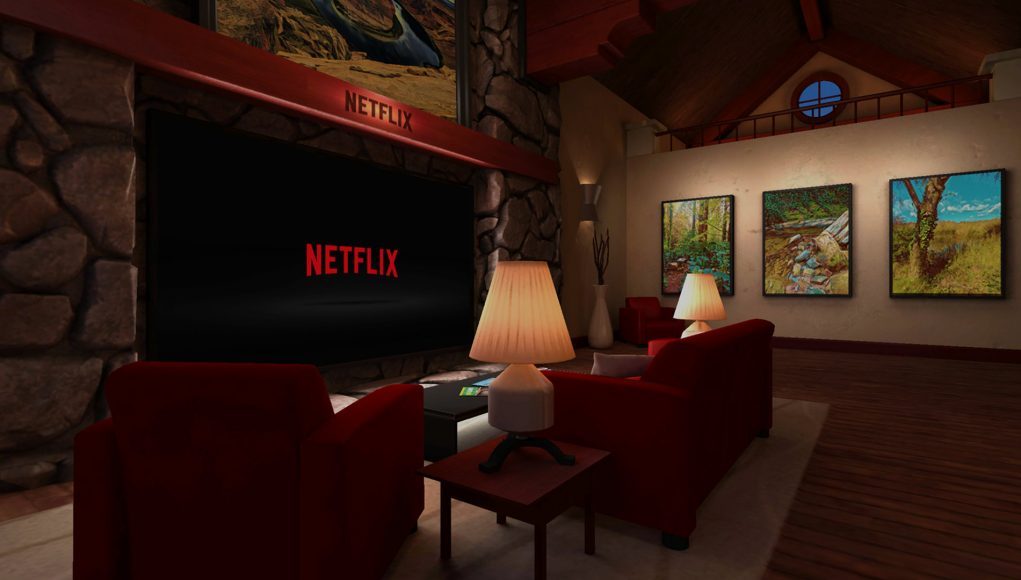Netflix has pulled its video streaming app from the Quest content store.
As first reported by UploadVR, the long-neglected Netflix app for Quest is now gone from the store. If you already downloaded the app before then, you’ll find it no longer works.
That doesn’t mean you can’t watch Netflix on Quest though. The streaming giant recently bumped streaming quality in the Quest Browser to 1080p, which comes in stark contrast to the app’s 480p capped resolution, which notably didn’t support mixed reality passthrough or downloads.
Originally released in 2015 for Samsung Gear VR and developed by former Meta CTO John Carmack, the app experienced very few updates over the years, with the latest arriving in 2019 alongside the launch of the original Quest.
Why not simply develop a new official app? Netflix requires devices to be certified in order to push streaming beyond that 480p cap, which requires meeting technical requirements, submitting the device for testing, and even possibly negotiating a licensing agreement, which are all things Meta would have to initiate.
Notably, Quest has native apps for Amazon Prime Video, Pluto TV, MLB, in addition to its own Meta TV app. It lacks Disney+, Hulu, Paramount+, and HBO Max.






